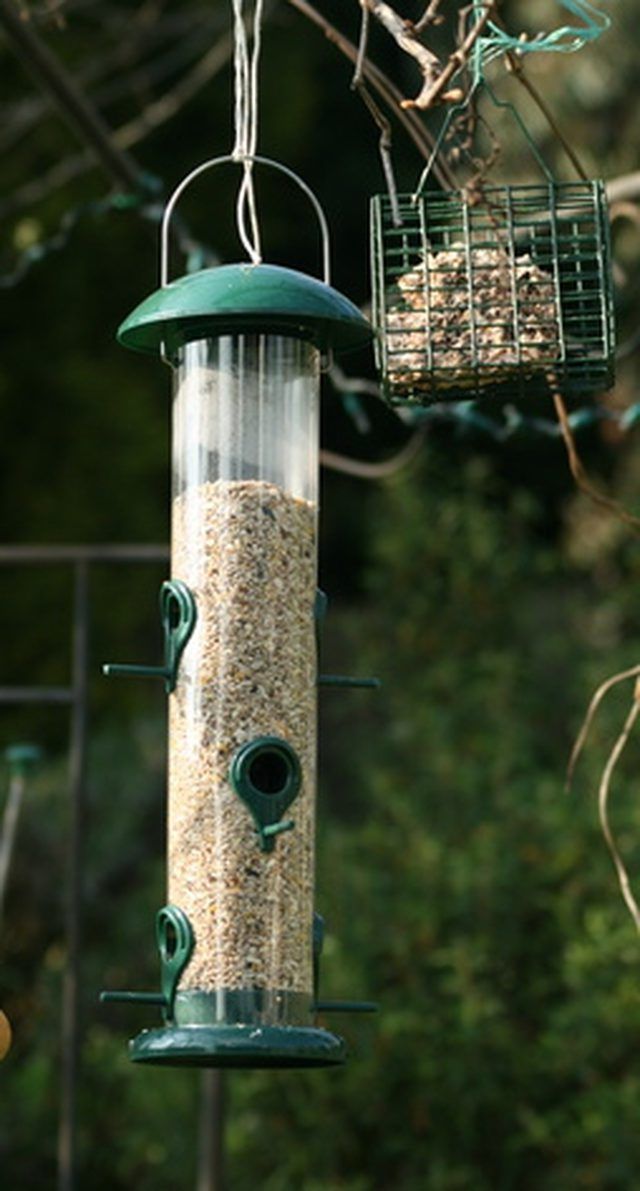Bulbs
Flower Basics
Flower Beds & Specialty Gardens
Flower Garden
Garden Furniture
Garden Gnomes
Garden Seeds
Garden Sheds
Garden Statues
Garden Tools & Supplies
Gardening Basics
Green & Organic
Groundcovers & Vines
Growing Annuals
Growing Basil
Growing Beans
Growing Berries
Growing Blueberries
Growing Cactus
Growing Corn
Growing Cotton
Growing Edibles
Growing Flowers
Growing Garlic
Growing Grapes
Growing Grass
Growing Herbs
Growing Jasmine
Growing Mint
Growing Mushrooms
Orchids
Growing Peanuts
Growing Perennials
Growing Plants
Growing Rosemary
Growing Roses
Growing Strawberries
Growing Sunflowers
Growing Thyme
Growing Tomatoes
Growing Tulips
Growing Vegetables
Herb Basics
Herb Garden
Indoor Growing
Landscaping Basics
Landscaping Patios
Landscaping Plants
Landscaping Shrubs
Landscaping Trees
Landscaping Walks & Pathways
Lawn Basics
Lawn Maintenance
Lawn Mowers
Lawn Ornaments
Lawn Planting
Lawn Tools
Outdoor Growing
Overall Landscape Planning
Pests, Weeds & Problems
Plant Basics
Rock Garden
Rose Garden
Shrubs
Soil
Specialty Gardens
Trees
Vegetable Garden
Yard Maintenance
What Is Nyjer Seed?
What Is Nyjer Seed?. Nyjer seed (Guizotia abyssinica), once commonly called "niger seed," has been widely used for both domestic and wild bird feed since the 1960s. Native to Africa, the plant's seeds also produce marketable oil for use in paints, soaps and for food where it is substituted for olive oil. In certain regions of the world, such as...

Nyjer seed (Guizotia abyssinica), once commonly called "niger seed," has been widely used for both domestic and wild bird feed since the 1960s. Native to Africa, the plant's seeds also produce marketable oil for use in paints, soaps and for food where it is substituted for olive oil. In certain regions of the world, such as Ethiopia, the seeds are mixed with honey to form sweet cakes.
Appearance
A herbaceous annual, the Nyjer plant grows almost 5 feet in height. Leaves appear ovate in shape and measure 8 inches long. Yellow daisy-like flowers appear during the summer months. The plant is self-fertile but requires the aid of bees to pollinate adequately. Each flowerhead lasts approximately 7 to 8 days, according to Purdue University.
Cultivation
Widely grown throughout Ethiopia and parts of south India, the plants are also commercially produced on a small scale in the West Indies. The plant is normally grown in tropical regions but has been experimented with as a viable crop in Minnesota in the 1970s and again in Indiana. Unfortunately, the overall profit margin was found to be lacking due to the harvesting needs of the crop. Further testing has been undertaken in Illinois and Indiana.
Harvesting Practices
Nyjer seeds are ready for harvest 3 to 4 1/2 months after planting and after the flowers have withered. The crop is normally cut using a sickle and bundled by hand. Once bundled the plant is set out in the sun to dry, after which the stalks and flowers are beat and threshed by hand. Seeds quickly separate from the flowers and are gathered to be bagged for shipping.
Invasive Potential
Each yellow flower produces large quantities of seeds that easily spread. Seeds have the potential to be quite invasive in nature and if allowed to grow freely would pose a serious threat to native plant life.
Black Gold
Nyjer seed commands a higher price then other bird seeds on the market due to the high cost of importation and sterilization. Due to the elevated cost, the tiny black seeds have been referred to as "black gold." All Nyjer seed brought into the U.S. must come into the port of New York City/New Jersey. The seeds are heat treated to render them sterile to reduce the risk of noxious weeds such as dodder seed that may be mixed with the Nyjer seed taking hold in the U.S. The seed is then bagged and sold as bird seed. Rarely, a fertile seed may escape the heat treatment and sprout under the homeowner's bird feeder.